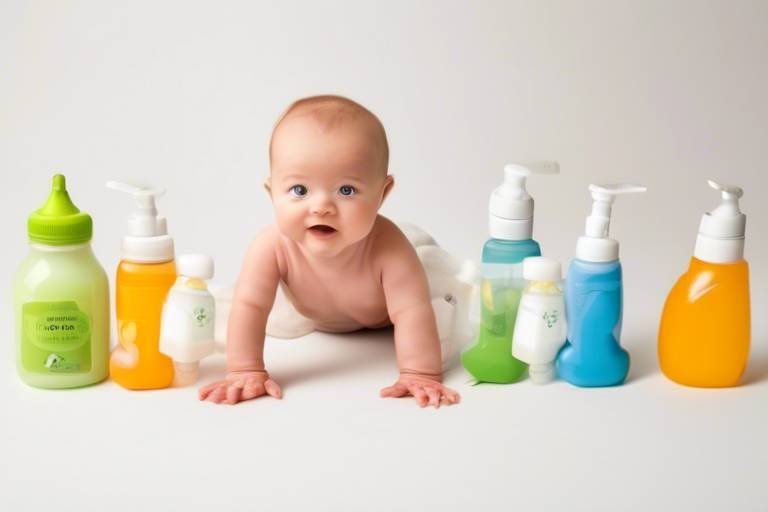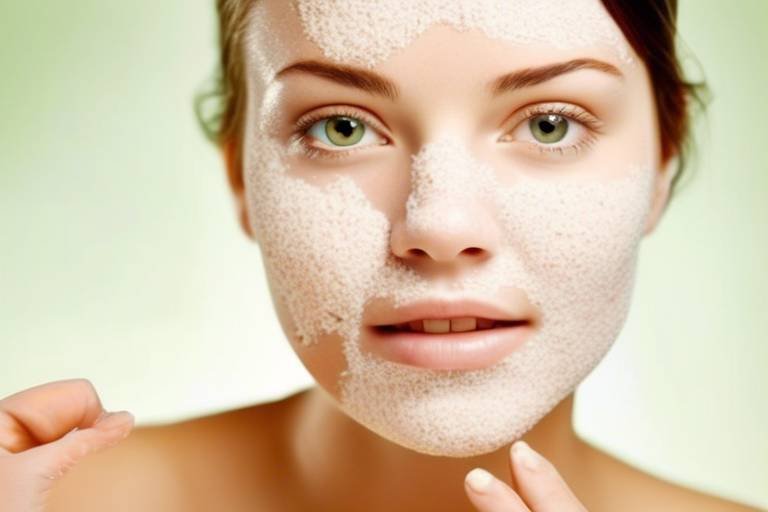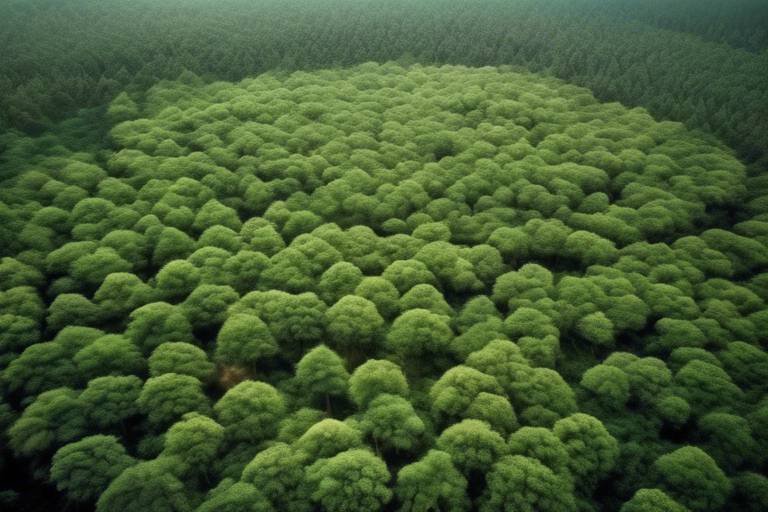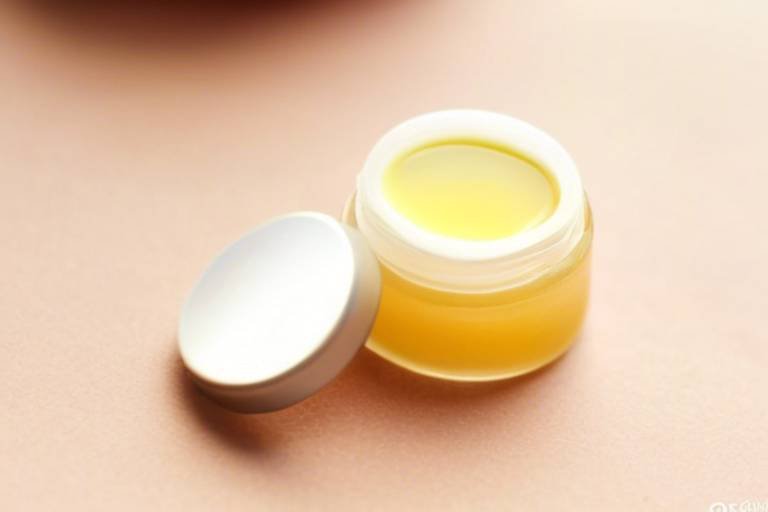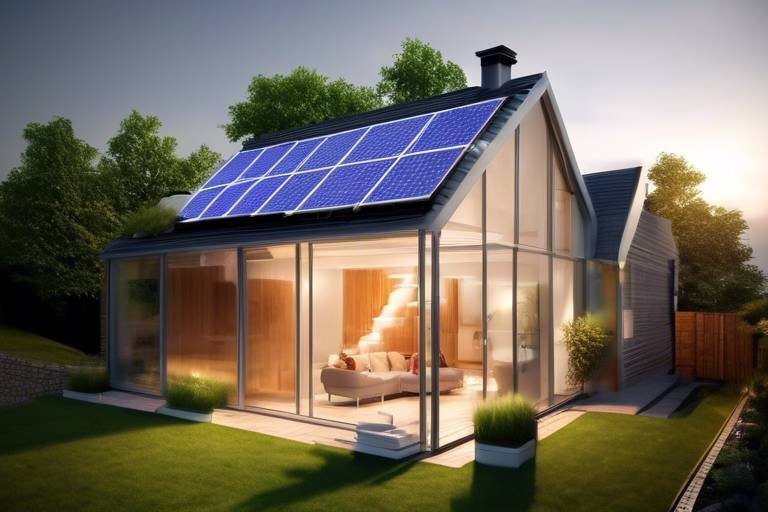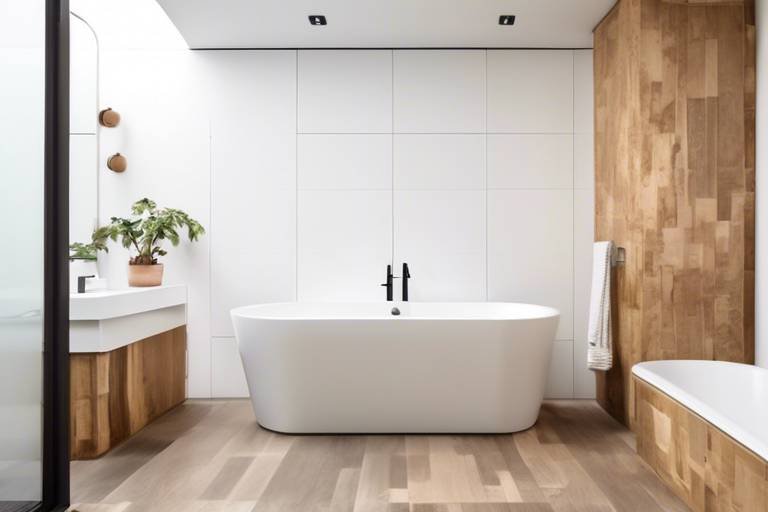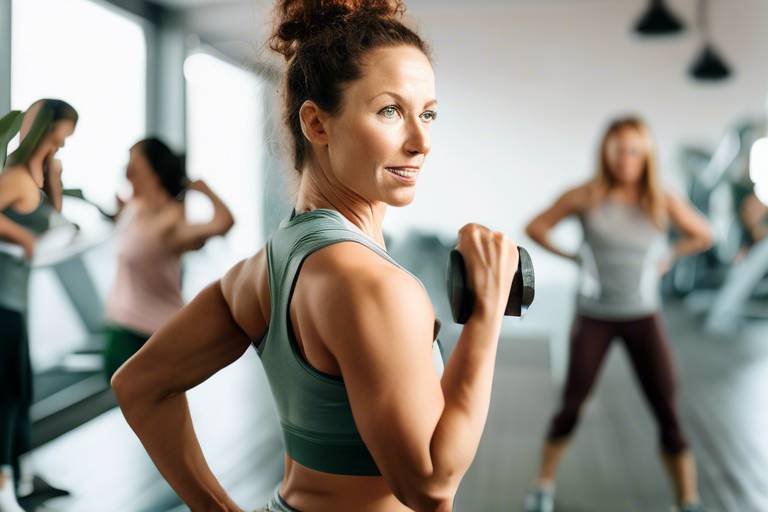How to Choose Sustainable Baby Products
Choosing sustainable baby products is not just about making a purchase; it's a decision that impacts your child's well-being and the environment. When navigating the vast array of options available, consider the materials used, the production process, and the long-term effects of your choices. By following some key guidelines, you can ensure that your baby's products are not only safe but also eco-friendly.
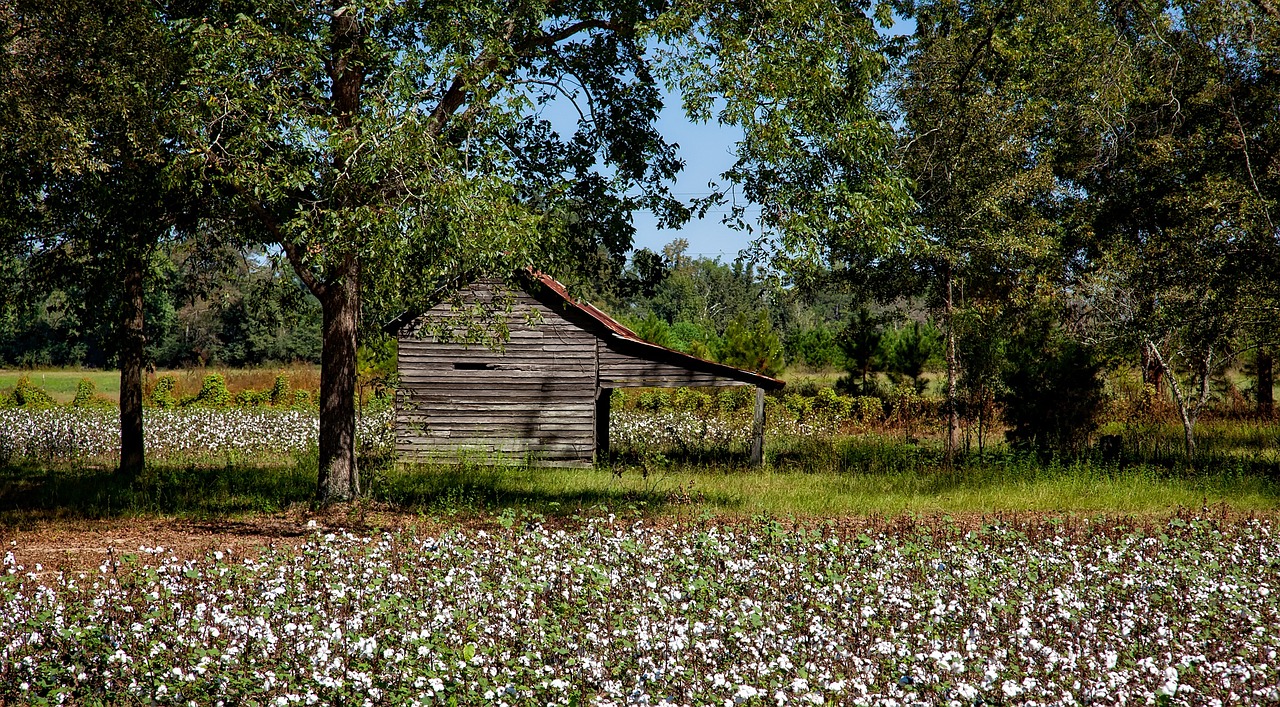
Researching Eco-Friendly Materials
This article provides guidance on selecting environmentally friendly and safe baby products. Learn about eco-friendly materials, certifications to look for, and tips for making sustainable choices for your baby's well-being and the planet.
When it comes to choosing baby products that are good for your little one and the environment, researching eco-friendly materials is key. Organic cotton, bamboo, and other sustainable materials have gained popularity for their benefits in baby clothing, bedding, and toys. These materials are not only gentle on your baby's delicate skin but also have a lower impact on the environment compared to conventional materials.
Organic cotton, for example, is grown without the use of synthetic pesticides and fertilizers, making it a safer and more sustainable choice for baby clothing. Bamboo is another eco-friendly option known for its softness and rapid growth, making it a renewable resource for baby products. When researching eco-friendly materials, look for products that are labeled as organic, sustainable, or made from recycled materials.
By choosing baby products made from eco-friendly materials, you are not only providing a healthier environment for your child but also supporting sustainable practices that benefit the planet in the long run.
Q: Why is it important to choose eco-friendly materials for baby products?
A: Selecting eco-friendly materials for baby products helps reduce exposure to harmful chemicals, supports sustainable practices, and contributes to a healthier planet for future generations.
Q: How can I identify if a product is made from sustainable materials?
A: Look for labels indicating organic, sustainable, or recycled materials. Additionally, research the brand's commitment to eco-friendly practices and transparency in sourcing materials.
Q: Are eco-friendly baby products more expensive?
A: While some eco-friendly baby products may come at a higher price point, the long-term benefits for your baby's health and the environment outweigh the initial cost. Additionally, exploring second-hand or upcycled options can be a budget-friendly and sustainable choice.
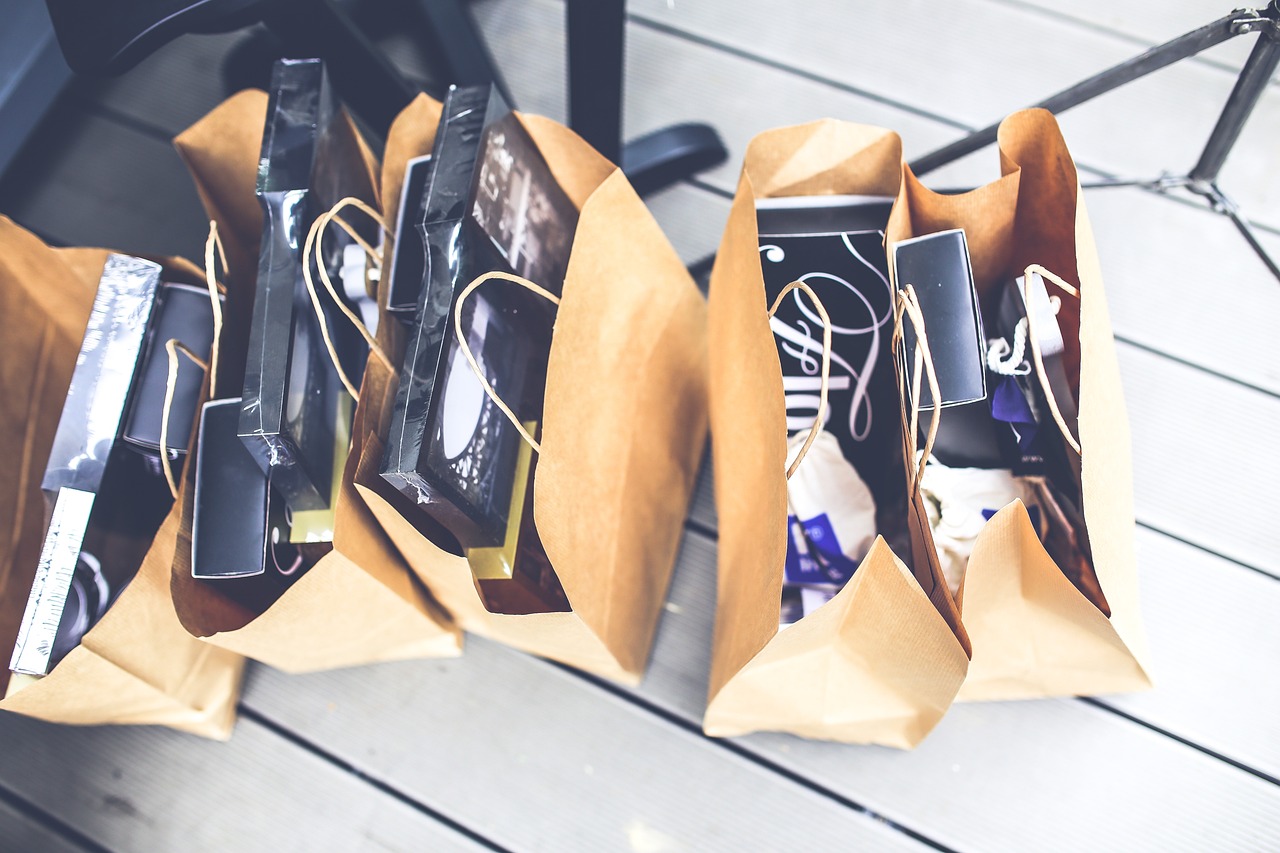
Choosing Non-Toxic Options
When it comes to selecting baby products, ensuring they are non-toxic is paramount for your little one's health and safety. Many conventional baby items contain harmful chemicals like phthalates, BPA, and other toxins that can have detrimental effects on a child's development. By choosing non-toxic options, you can provide a safer environment for your baby to thrive in.
One way to identify non-toxic baby products is to look for certifications that indicate the absence of harmful substances. Certifications such as OEKO-TEX and USDA Organic guarantee that the products have undergone rigorous testing to ensure they meet strict safety standards. These certifications offer peace of mind for parents concerned about the chemicals their baby is exposed to.
Additionally, opting for natural materials like organic cotton, bamboo, or sustainably sourced wood can reduce the risk of exposure to toxic chemicals. These materials are not only safer for your baby but also better for the environment, as they are often produced using eco-friendly practices that minimize chemical use and waste.
When shopping for non-toxic baby products, it's essential to read labels carefully and avoid items that contain synthetic fragrances, PVC, or flame retardants. Choosing products with minimal processing and fewer additives can significantly lower the chances of exposing your baby to harmful substances.
Moreover, considering the longevity of the products can also play a role in reducing toxicity. Investing in high-quality, durable items that can be used for an extended period not only minimizes waste but also decreases the need for frequent replacements, thus reducing overall environmental impact.
By prioritizing non-toxic options for your baby, you are not only safeguarding their health but also contributing to a cleaner, safer world for future generations to enjoy.
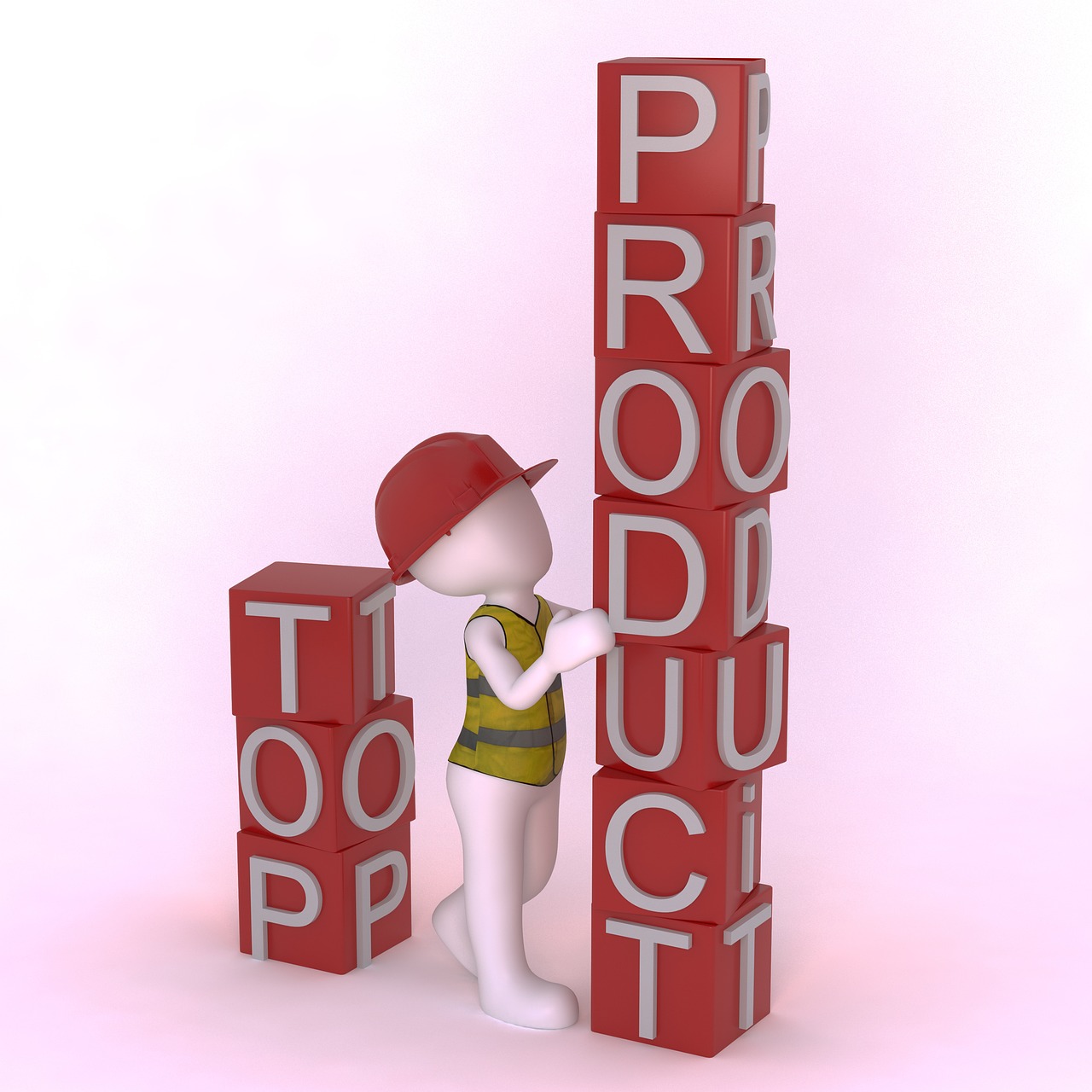
Considering Product Lifecycle
When it comes to choosing sustainable baby products, considering the product lifecycle is crucial for making environmentally responsible decisions. It's not just about the immediate impact of the product but also about what happens to it after it has served its purpose. By understanding the lifecycle of baby products, you can make choices that contribute to reducing waste and promoting sustainability.
One key aspect to consider is the durability of the product. Opting for items that are well-made and designed to last can significantly extend their lifecycle. Investing in high-quality baby products may initially cost more, but in the long run, it can save money and reduce the need for frequent replacements.
Additionally, looking for products that are recyclable or biodegradable is essential in minimizing environmental impact. Choosing baby items that can be easily recycled or break down naturally after use helps in reducing the amount of waste that ends up in landfills.
Another factor to keep in mind is the reusability of the product. Selecting baby products that can serve multiple purposes or be repurposed for other uses can prolong their lifecycle. This not only reduces waste but also adds value to the product by extending its usefulness beyond its original intent.
Furthermore, considering the production process of baby products is vital in evaluating their environmental impact. Opting for items that are made using sustainable practices and materials can significantly reduce the overall carbon footprint associated with the product's lifecycle.
In conclusion, when choosing baby products, it's essential to think beyond just the immediate use and consider the entire lifecycle of the item. By selecting durable, recyclable, and eco-friendly products, you can contribute to a more sustainable future for your baby and the planet.
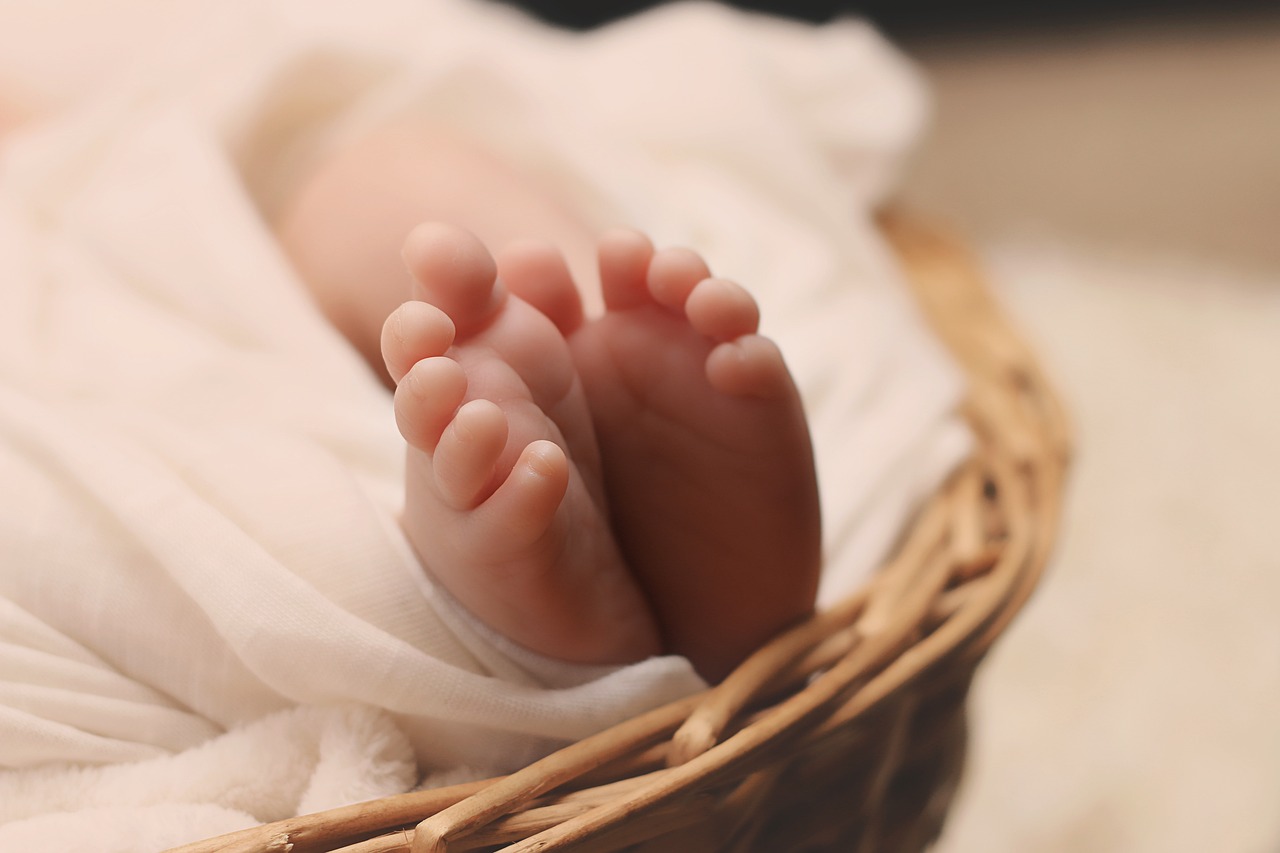
Looking for Certifications
When it comes to choosing sustainable baby products, looking for certifications is a crucial step in ensuring that you are making environmentally friendly and safe choices for your little one. Certifications such as GOTS (Global Organic Textile Standard), OEKO-TEX, and USDA Organic play a significant role in guaranteeing the quality and sustainability of the products you select.
GOTS certification, for example, ensures that the textile products are made from organic fibers and have met strict environmental and social criteria throughout the entire production process. This certification not only considers the materials used but also the working conditions of the workers involved in manufacturing the products.
On the other hand, the OEKO-TEX certification focuses on the safety of the textiles and materials used in baby products. It tests for harmful substances and ensures that the products are free from chemicals that could be harmful to your baby's health.
When looking for USDA Organic certification, you can rest assured that the products have been produced following strict guidelines for organic production. This certification is particularly important when choosing food items or skincare products for your baby, as it guarantees that they are free from synthetic pesticides and other harmful chemicals.
By prioritizing products with these certifications, you can be confident that you are making choices that are not only safe for your baby but also environmentally responsible. These certifications serve as a seal of approval, indicating that the products have undergone rigorous testing and meet high standards of sustainability and safety.
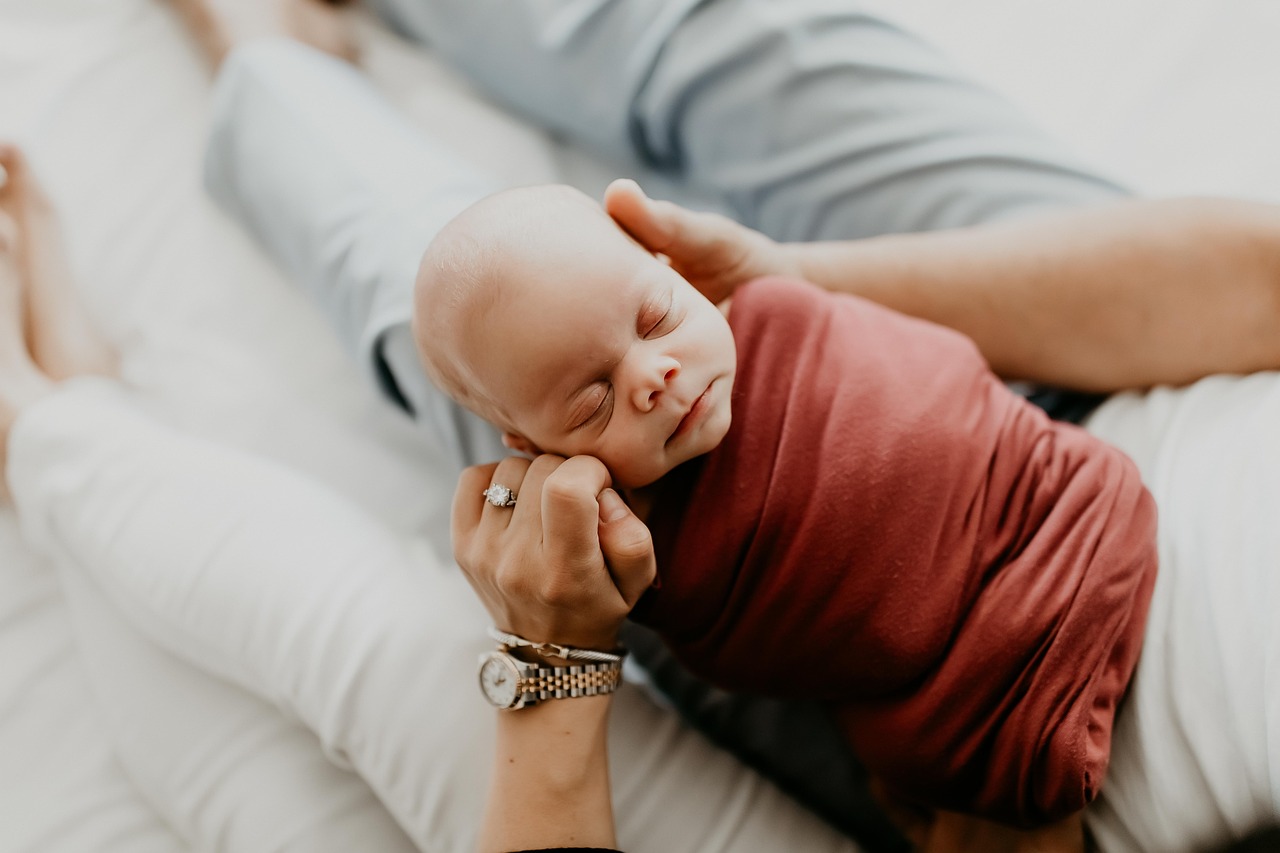
Exploring Second-Hand and Upcycled Options
When it comes to choosing baby products, exploring second-hand and upcycled options can be a sustainable and budget-friendly choice. By opting for gently used items or products that have been creatively upcycled, you not only reduce waste but also give new life to pre-loved items.
One benefit of exploring second-hand options is the potential for finding high-quality baby products at a fraction of the cost. Thrift stores, online marketplaces, and local swap groups are great places to discover hidden gems that are both sustainable and affordable.
Additionally, upcycled baby products offer a unique and creative alternative to traditional items. These products are often handmade with care and attention to detail, providing a one-of-a-kind touch to your baby's essentials.
By choosing second-hand and upcycled options, you contribute to the circular economy by extending the lifespan of products and reducing the demand for new resources. It's a conscious choice that not only benefits the environment but also adds character and charm to your baby's belongings.
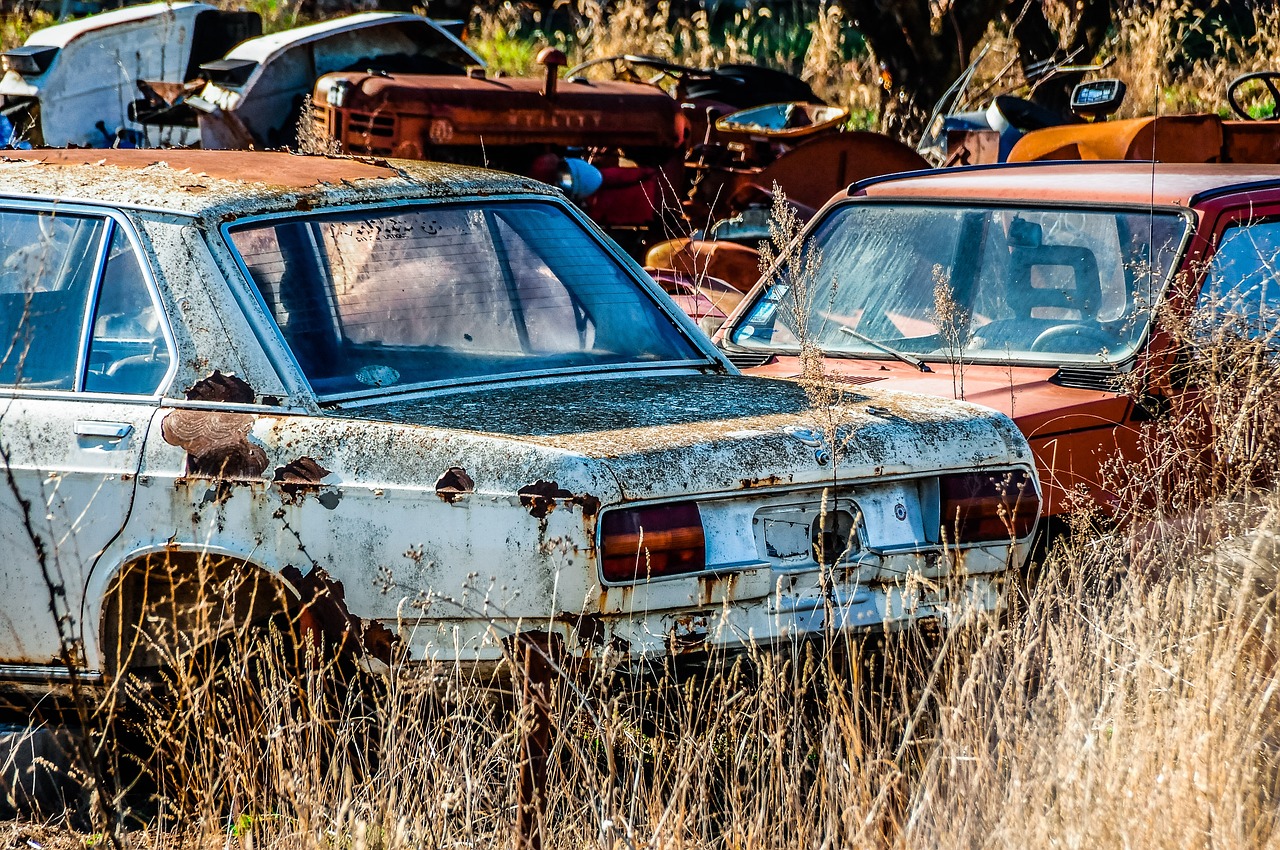
Minimizing Packaging Waste
When it comes to choosing sustainable baby products, one crucial aspect to consider is minimizing packaging waste. Excessive packaging not only contributes to environmental pollution but also adds to the overall waste generated by baby products. By opting for items with minimal or eco-friendly packaging, parents can play a significant role in promoting sustainability and reducing their carbon footprint.
One effective way to minimize packaging waste is to look for products that use recyclable materials for packaging. Items packaged in easily recyclable materials such as cardboard or paper can help reduce the amount of waste that ends up in landfills. Additionally, choosing products with minimal packaging, such as those without unnecessary plastic wrapping or excessive boxes, can further decrease the environmental impact of baby products.
Another strategy to consider is purchasing baby products in bulk or larger sizes whenever possible. By buying in bulk, parents can reduce the amount of packaging per item, leading to less overall waste. This approach not only benefits the environment but can also be cost-effective in the long run, as larger quantities often come with reduced packaging per unit.
When selecting baby products, it's essential to pay attention to the packaging materials used and opt for items that prioritize sustainability. For example, choosing products packaged in biodegradable materials or packaging made from recycled content can significantly reduce the environmental footprint of baby products. By supporting brands that prioritize eco-friendly packaging practices, parents can make a positive impact on the planet.
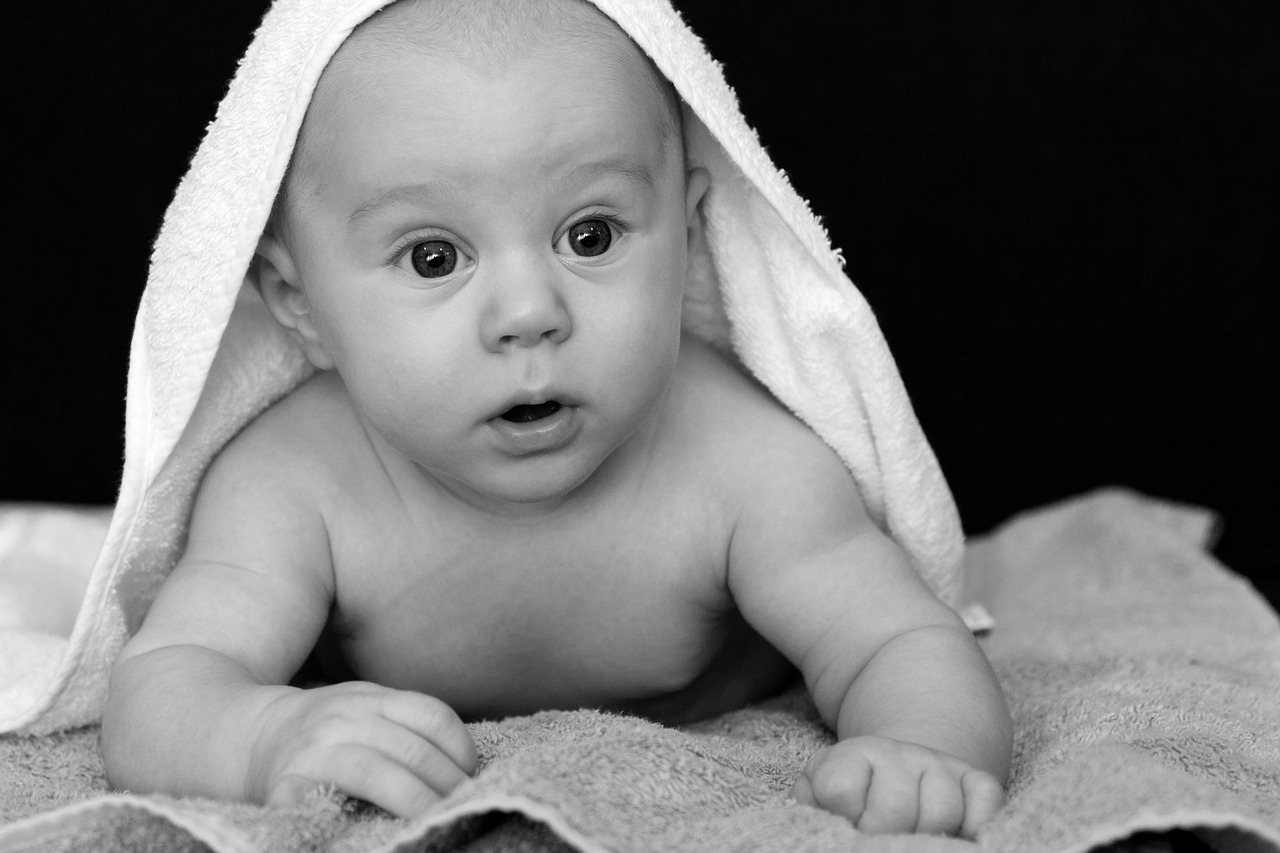
Supporting Ethical and Fair Trade Brands
When it comes to choosing baby products, supporting ethical and fair trade brands is essential for promoting sustainability and social responsibility. By selecting products from companies that prioritize fair labor practices and ethical sourcing, you are not only ensuring the well-being of workers but also contributing to a more equitable and just global economy.
One way to identify ethical brands is to look for certifications such as Fair Trade Certified, which guarantees that the product was made in accordance with rigorous social, environmental, and economic standards. These certifications provide transparency and accountability, giving consumers confidence in their purchasing decisions.
Supporting ethical brands also means valuing the craftsmanship and dedication that goes into creating each product. By choosing items that are ethically made, you are supporting artisans and workers who are paid fairly for their skills and labor. This not only benefits the individuals involved in the production process but also helps to preserve traditional crafts and promote cultural diversity.
Furthermore, ethical brands often prioritize sustainability in their production processes, using eco-friendly materials and practices to minimize environmental impact. By opting for products from these brands, you are contributing to the conservation of natural resources and the reduction of waste and pollution.
When selecting baby products from ethical and fair trade brands, you are not just making a purchase; you are making a statement about your values and priorities. By supporting companies that uphold ethical standards and promote social justice, you are taking a stand for a more ethical and sustainable future for generations to come.
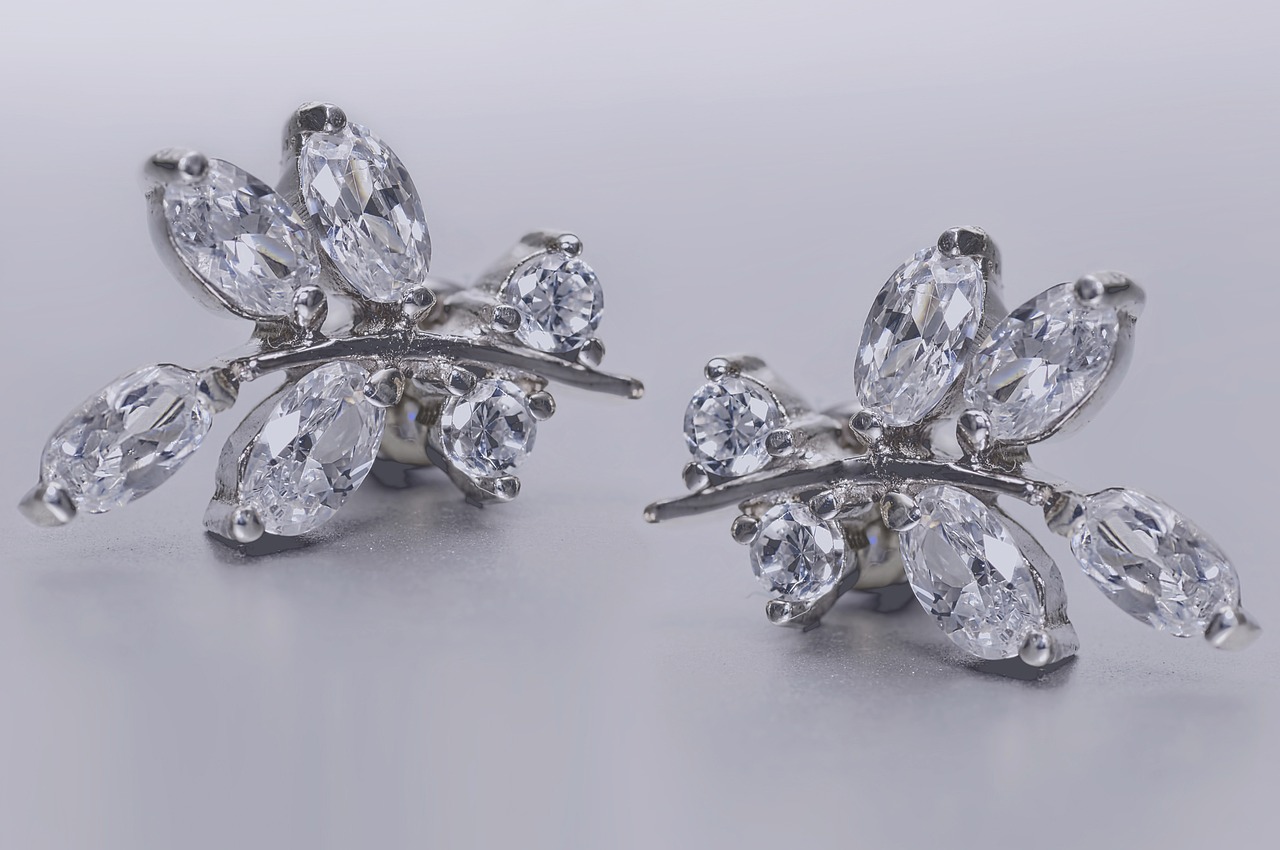
Creating a Sustainable Baby Registry
When creating a sustainable baby registry, it's essential to prioritize eco-friendly and ethical products that align with your values. Start by researching brands that offer organic, non-toxic, and responsibly sourced baby items. Look for certifications such as GOTS, OEKO-TEX, or USDA Organic to ensure the products meet high environmental and safety standards.
Consider including a variety of sustainable products on your registry, including organic cotton clothing, bamboo feeding utensils, and wooden toys made from renewable materials. Opt for items that have a minimal environmental impact throughout their lifecycle, from production to disposal.
Communicate your sustainability preferences to friends and family members who will be purchasing gifts for your baby. Provide them with a list of preferred brands and products, emphasizing the importance of choosing items that are both safe for your baby and gentle on the planet.
Another option to consider is including experiences or contributions to eco-friendly initiatives on your registry. Instead of physical gifts, guests can contribute to a college fund, a tree-planting program, or a donation to a sustainable charity in honor of your new arrival.
Remember that creating a sustainable baby registry is not only about the products you choose but also about the values you want to instill in your child from the very beginning. By selecting environmentally conscious items and supporting ethical brands, you are setting a positive example for your baby and contributing to a healthier planet for future generations.
Frequently Asked Questions
- What are some eco-friendly materials commonly used in sustainable baby products?
Eco-friendly materials often used in sustainable baby products include organic cotton, bamboo, hemp, and recycled plastics. These materials are chosen for their minimal environmental impact and safe qualities for babies.
- How can I ensure that the baby products I choose are non-toxic?
To ensure your baby products are non-toxic, look for certifications such as OEKO-TEX Standard 100 or GOTS (Global Organic Textile Standard). Avoid products containing harmful chemicals like phthalates, BPA, lead, and formaldehyde.
- Why is it important to consider the product lifecycle when selecting baby products?
Considering the product lifecycle helps reduce waste and environmental impact. Opt for products that are durable, recyclable, or biodegradable to minimize your ecological footprint and promote sustainability.
- How can I support ethical and fair trade brands when choosing baby products?
You can support ethical and fair trade brands by looking for certifications like Fair Trade Certified or researching the company's sourcing practices. Choose products from companies that prioritize fair labor practices and sustainability.
- What are some tips for creating a sustainable baby registry?
When creating a sustainable baby registry, focus on selecting products made from eco-friendly materials, choosing second-hand or upcycled items, and communicating your preferences to friends and family. Encourage support for your commitment to sustainability.

